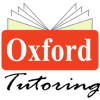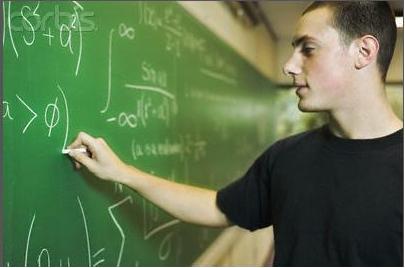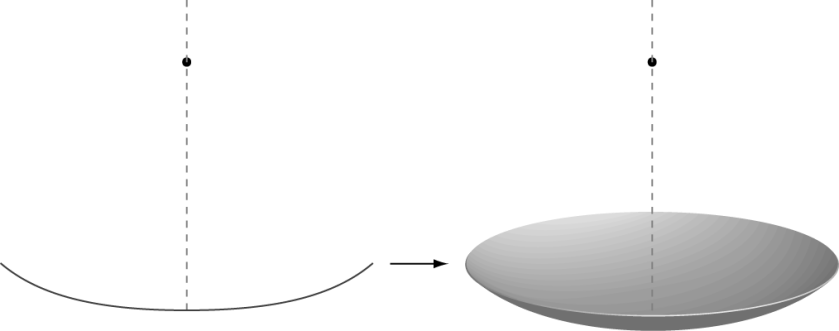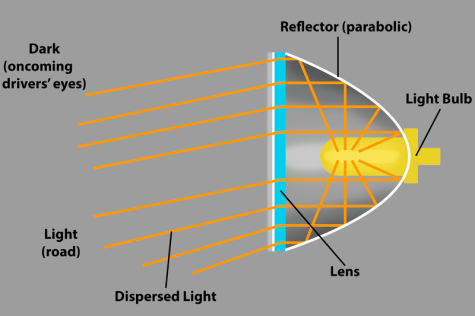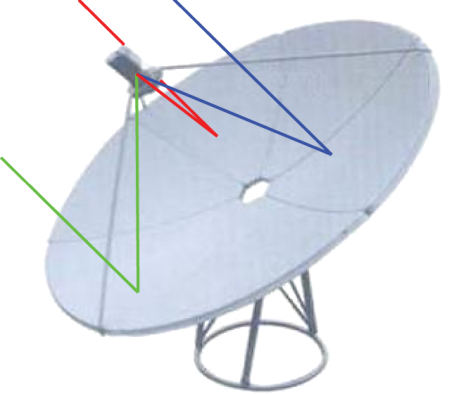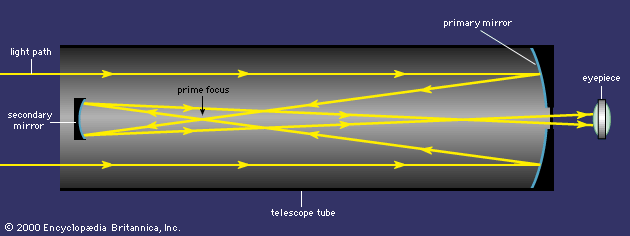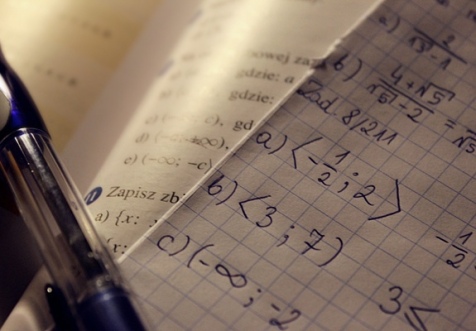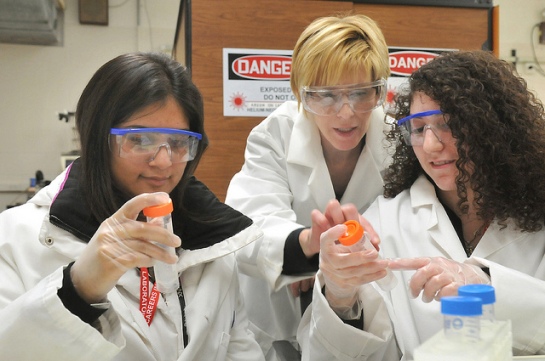Oxford Tutoring is offering a variety of summer courses redesigned with your schedule in mind. Choose from math, reading & writing, enrichment courses, or ACT and SAT courses to prepare your children for the upcoming school year.
Summer Mathematics Courses
1st Grade Math
In our 1st Grade Math class, students will use addition and subtraction within 20 to solve word problems involving situations of adding to, taking from, putting together, taking apart, and comparing, with unknowns in all positions. They will put math facts to memory and extend their understanding of number sense to complete math challenges. Request more information
2nd Grade Math
In our 2nd Grade Math class, students will add and subtract within 1000, using concrete models or drawings and strategies based on place value. Students will also hone their understanding of basic word problems and how to extract the critical information for problem-solving. They will refine math facts knowledge and extend their understanding of number sense to complete math challenges. Request more information
3rd Grade Math
In our 3rd Grade Math class, students will use multiplication and division within 100 to solve word problems in situations involving equal groups, arrays, and measurement quantities. They will commit multiplication facts to memory and develop strategies for expressing conceptual understanding. Students will not only develop the proficiency necessary for the upcoming school year, but will also be inspired to learn through interactive, exciting projects, including game theory, wherein students engage in metacognition and relate math to other areas of study. Request more information
4th Grade Math
In our 4th Grade Math class, students will find all factor pairs for a whole number in the range 1–100 and recognize that a whole number is a multiple of each of its factors. They will develop procedural understanding of the algorithms for adding, subtracting, multiplying and dividing multi-digit numbers and explore various ways of completing these operations. This course will prepare students for the new school year by incorporating both skill building and exciting, interactive activities designed to teach and inspire, including game theory, wherein students engage in metacognition and relate math to other areas of study. Request more information
5th Grade Math
In our 5th Grade Math class, students will add, subtract, multiply, and divide fractions and decimals, using concrete models or drawings and strategies based on place value. They will develop procedural understanding of the algorithms for adding, subtracting, multiplying and dividing decimals and fractions and explore various ways of completing these operations. Through this course, students will receive instruction to develop vital skills for the upcoming school year in a fun, interactive learning environment, including game theory, wherein students engage in metacognition and relate math to other areas of study. Request more information
6th Grade Math
In our 6th Grade Math class, students will understand the concept of a unit rate a/b associated with a ratio and use rate language in the context of a proportional relationship. They will review algorithms for adding, subtracting, multiplying and dividing decimals and fractions and set-up simple equations with a single variable. Students will build the skills necessary for their upcoming school year through fun, interactive projects designed to inspire them to learn, and be introduced to game theory, an exciting branch of mathematics that allows them to have great discussions, engage in metacognition, and relate math to other areas of study. Request more information
7th Grade Math
In our 7th Grade Math class, students will apply properties of operations as strategies to add, subtract, factor, and expand linear expressions with rational coefficients. They will integrate knowledge of whole numbers, fractions, decimals, ratios and proportions to solve two-step problems and tackle math challenges. In this course, preparation for their upcoming school will be presented in an exciting, interactive learning environment wherein they will be introduced to game theory, an exciting branch of mathematics that allows students to have great discussions, engage in metacognition, and relate math to other areas of study. Request more information
8th Grade Math
In our 8th Grade Math class, students will understand that a function is a rule that assigns to each input exactly one output and how the graph of a function is the set of ordered pairs consisting of an input and the corresponding output. They will hone procedural skills for setting-up and solving equations, graphing linear equations and inequalities, and expressing conceptual understanding. Students will also develop vital skills necessary for their upcoming school year, while learning through interactive, fun projects, including game theory, an exciting branch of mathematics that allows students to have great discussions, engage in metacognition, and relate math to other areas of study. Request more information
Integrated Math 1 (9th-11th grades)
In our Integrated Math 1 course, students learn to analyze and compare linear models, understand congruent figures and their properties, and apply both geometry and algebra concepts to multi-step problems that challenge their thinking and ensure they have a solid grasp of the first semester of Integrated Math 1 courses at local schools. Students will develop vital skills necessary for their upcoming school year while learning through a mix of lecture, interactive projects, exploration and analysis, discussions, and metacognitive activities. Request more information
Integrated Math 2 (10th-12th grades)
In our Integrated Math 2 course, students explore quadratic expressions, equations, and functions; compare quadratics to linear and exponential expressions; compare rational, real, and complex numbers; and utilize conditional probability and the counting principle to ensure they have a solid grasp of the first semester of Integrated Math 2 courses at local schools. Students will develop vital skills necessary for their upcoming school year while learning through a mix of lecture, interactive projects, exploration and analysis, discussions, and metacognitive activities. Request more information
Integrated Math 3 (10th-12th grades)
In our Integrated Math 3 course, students deepen their understanding of probability and statistics, compare rational and radical functions, break down general triangles, and learn trigonometry and preCalculus concepts to ensure they have a solid grasp of the first semester of Integrated Math 3 courses at local schools. Students will develop vital skills necessary for their upcoming school year while learning through a mix of lecture, interactive projects, exploration and analysis, discussions, and metacognitive activities. Request more information
Competitive Math (9th-10th grades)
High School Competitive Mathematics builds and develops the necessary problem-solving skills and mathematical knowledge required for math competitions such as the American Mathematics Competition 10 (AMC 10). Students will apply and expand on classroom learned skills involving algebra, basic geometry, area and volume formulas, elementary number theory, and elementary probability. Each class, students will expand their problem solving abilities and apply test taking strategies to problems from past exams. Request more information
Algebra I
Students will establish a solid basis for Algebra success in the upcoming year. Students will explore exponents, radicals, equations, inequalities, quadratics, and graphing. Particularly, the class will teach students the primary concepts presented in the first semester of Algebra and expose them to more challenging topics that they will encounter during the second semester. Request more information
Geometry
Geometry students will prepare for success in the upcoming school year by learning to reason and problem solve based upon an understanding of the theorems and postulates of geometry. Students will learn to work with angles, polygons, and circles by using logic to solve problems. Particularly, students will develop mathematical reasoning skills. Request more information
Algebra 2 with Trigonometry
Students will solve and/or graph rational functions, irrational functions, matrices, logarithms, exponential growth and decay, conics, trigonometry, and other challenging topics. This course will ensure that they are well-prepared for the school year. Request more information
Pre-Calculus
Students master trigonometric functions, the unit circle, limits, graphing, complex polynomials, logarithms, conics, and exponents. Students master the first semester of Pre-Calculus with a focus on developing problem solving skills and building confidence to tackle challenging problems. Request more information
AP Calculus
In our AP Calculus course, students learn the operations and applications of limits and derivatives, related rates and curve stretching to ensure they have a solid grasp of the first semester of the AP Calculus concepts taught at local schools. Students will develop vital skills necessary for their upcoming school year while learning through a mix of lecture, projects, exploration and analysis, discussions, and metacognitive activities. Request more information
AP Statistics
Students study the first semester of AP Statistics, specifically descriptive statistics, normal distribution, linear regression, and probability. Request more information
Sign up for any of our Math Courses today! (949) 681-0388.
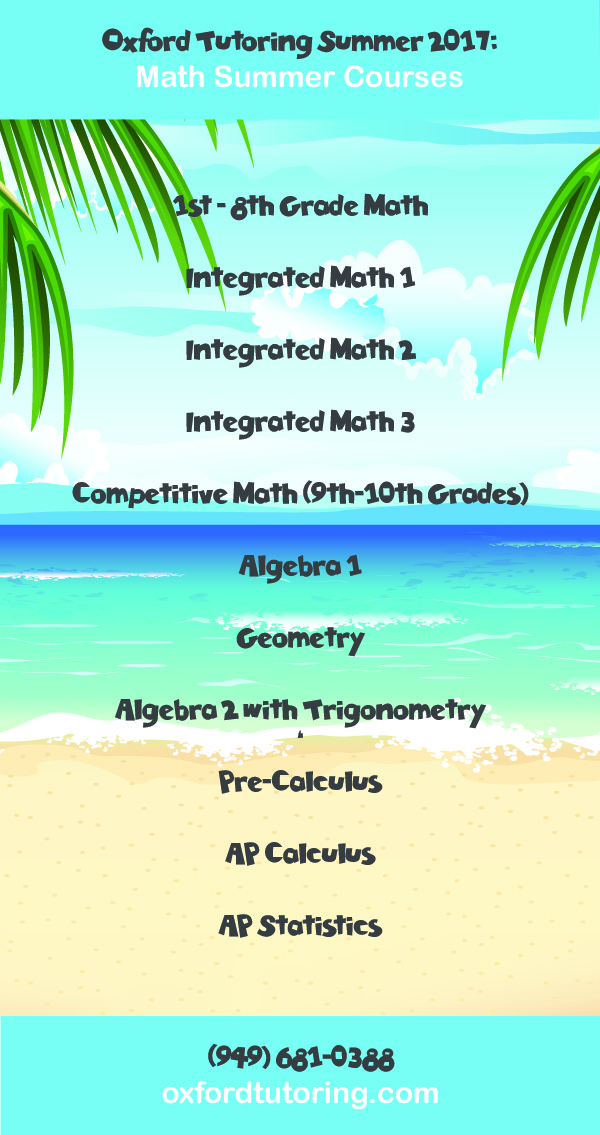
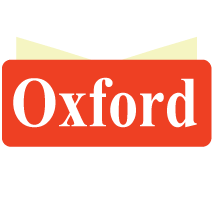
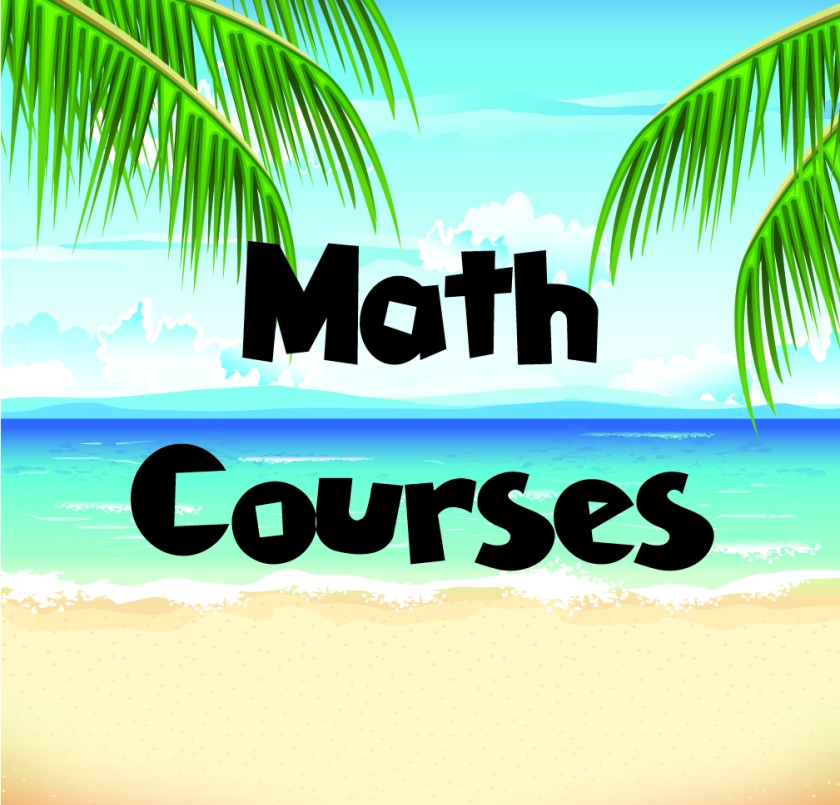
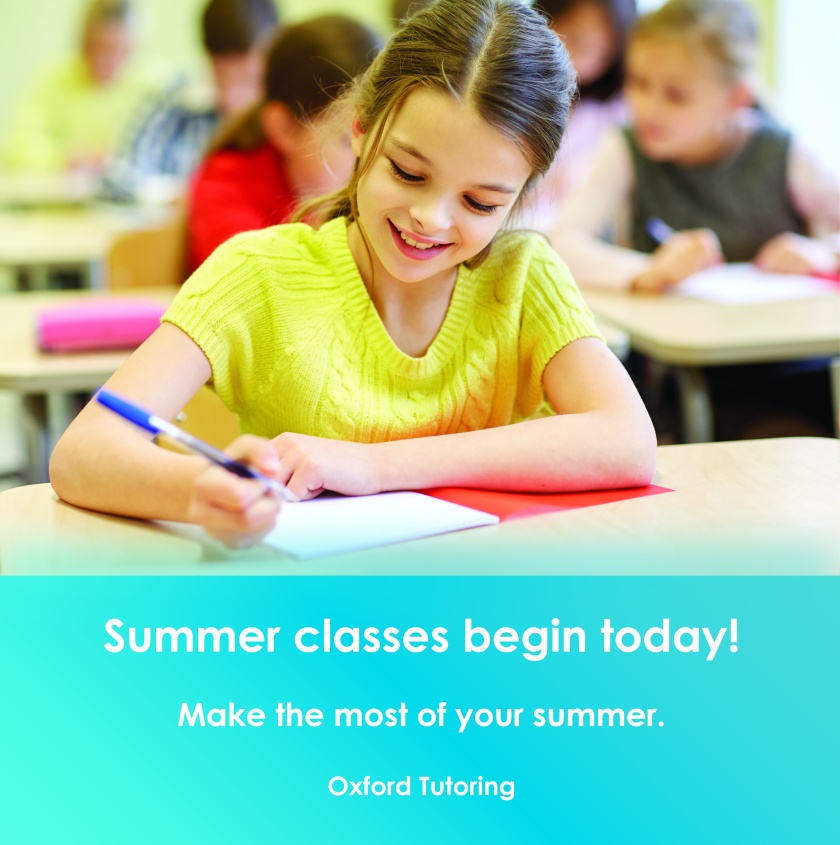





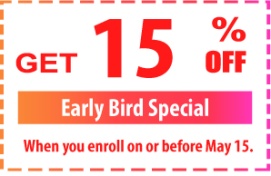



 It seems simple enough and it is. But planners are an often overlooked option for preparing to take exams. And don’t just buy a planner, make sure that you actually use it! There you can put down every upcoming test,
It seems simple enough and it is. But planners are an often overlooked option for preparing to take exams. And don’t just buy a planner, make sure that you actually use it! There you can put down every upcoming test,

 Additionally, it is extremely helpful to study a little bit every day. One of the biggest mistakes students make is that they prepare for their tests and write their papers the night before. This works against you in several ways. First of all, the stress level alone means you are not going to be as present while studying. Secondly, trying to cram week’s worth of learning or writing into one evening is an excellent way not to learn. Lastly, because you have jammed all that information into your brain just for one test, chances are once the test is over, all that information is going to fall away. This will be detrimental come final’s time; and, even more harmful in classes like Math and Science, where concepts build upon one another, meaning that it is necessary to have a firm foundation of one formula before being able to understand another.
Additionally, it is extremely helpful to study a little bit every day. One of the biggest mistakes students make is that they prepare for their tests and write their papers the night before. This works against you in several ways. First of all, the stress level alone means you are not going to be as present while studying. Secondly, trying to cram week’s worth of learning or writing into one evening is an excellent way not to learn. Lastly, because you have jammed all that information into your brain just for one test, chances are once the test is over, all that information is going to fall away. This will be detrimental come final’s time; and, even more harmful in classes like Math and Science, where concepts build upon one another, meaning that it is necessary to have a firm foundation of one formula before being able to understand another.
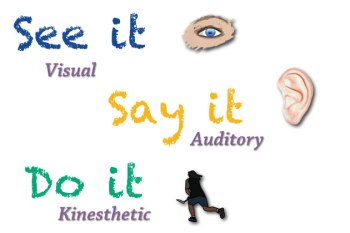

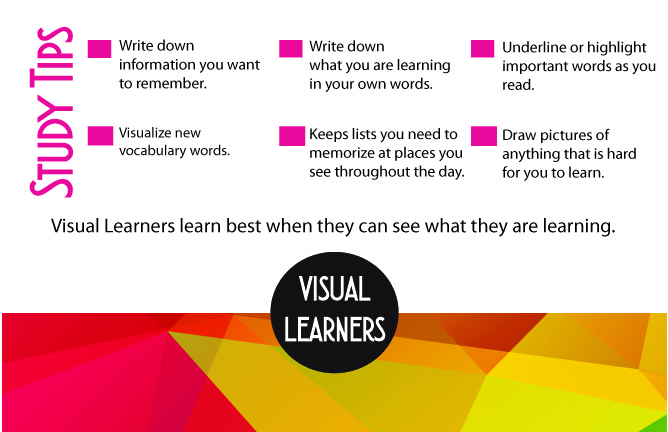
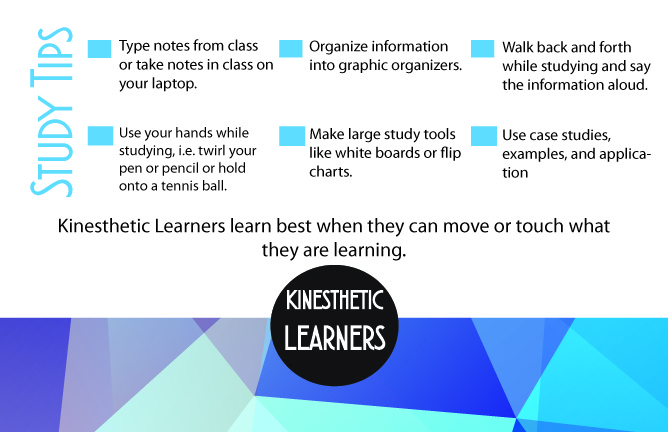
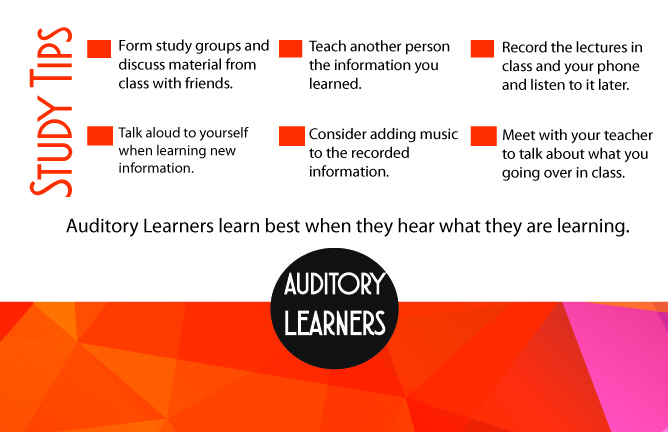
 No matter how long the break, do not, I repeat do not go on Instagram, play a video game or turn on the TV. These activities are not actually giving your brain a rest. Furthermore, you will most likely end up spending longer than your planned break and waste precious study time. It is ideal to grab a healthy snack, get outside or go for a quick walk. On your longer breaks, consider shooting hoops or playing a quick game of catch. Exercise helps your brain in a number of ways, including fighting stress and improving your ability to focus. (
No matter how long the break, do not, I repeat do not go on Instagram, play a video game or turn on the TV. These activities are not actually giving your brain a rest. Furthermore, you will most likely end up spending longer than your planned break and waste precious study time. It is ideal to grab a healthy snack, get outside or go for a quick walk. On your longer breaks, consider shooting hoops or playing a quick game of catch. Exercise helps your brain in a number of ways, including fighting stress and improving your ability to focus. (

 establish when studying. For example, when you get ready for bed you might (hopefully) first brush your teeth, then wash your face, put on your pajamas, set your alarm, and finally hop into bed. These steps, taken in the same order most nights, signal to your brain that it is time to sleep. Forget one of your steps or add surfing the web while lying in bed to your routine, and you may find yourself tossing and turning.
establish when studying. For example, when you get ready for bed you might (hopefully) first brush your teeth, then wash your face, put on your pajamas, set your alarm, and finally hop into bed. These steps, taken in the same order most nights, signal to your brain that it is time to sleep. Forget one of your steps or add surfing the web while lying in bed to your routine, and you may find yourself tossing and turning. This is the same for when you study. If you listen to music while studying, your brain will associate the information you are learning with music. So when you go to class and sit down to take a test, your brain will have a harder time recalling that information because it will be waiting for music that never actually plays.
This is the same for when you study. If you listen to music while studying, your brain will associate the information you are learning with music. So when you go to class and sit down to take a test, your brain will have a harder time recalling that information because it will be waiting for music that never actually plays. ly get in your eight hours of sleep the night before. (And hey guys, it should be at least 8 hours. Because, as an adolescent, your bodies and brains are working harder as they develop,
ly get in your eight hours of sleep the night before. (And hey guys, it should be at least 8 hours. Because, as an adolescent, your bodies and brains are working harder as they develop, 
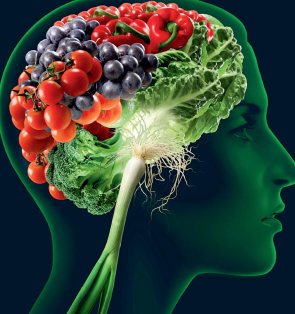 Not long ago a student was preparing for her finals, and her mother, knowing that she would have a lot of studying ahead of her, put together a care package of goodies to help her get everything finished. This act was kind on her mother’s part, but the contents were cringe worthy. Inside were salty pretzels, chocolate muffins, candy, soda and several other junk food items. The irony here was that though her mother was trying to help her, this care package was not at all useful. These foods would do nothing whatsoever to give her energy and the mental strength to get through finals, in fact these foods would work against her.
Not long ago a student was preparing for her finals, and her mother, knowing that she would have a lot of studying ahead of her, put together a care package of goodies to help her get everything finished. This act was kind on her mother’s part, but the contents were cringe worthy. Inside were salty pretzels, chocolate muffins, candy, soda and several other junk food items. The irony here was that though her mother was trying to help her, this care package was not at all useful. These foods would do nothing whatsoever to give her energy and the mental strength to get through finals, in fact these foods would work against her.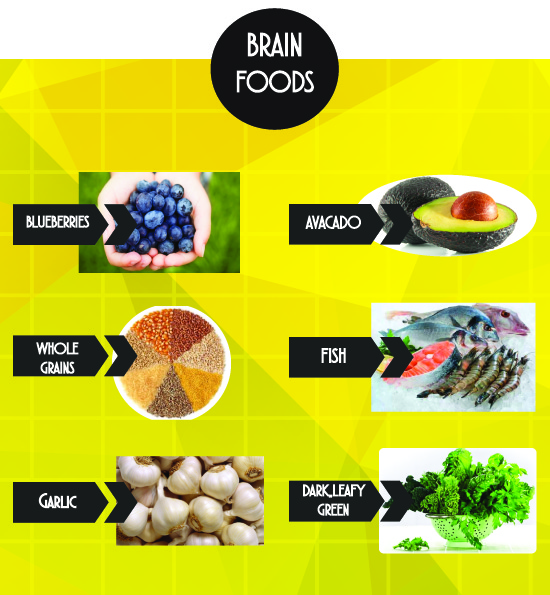

 Many do not discover the power of a committed study group until after High School; however, students as young as Jr. High can find study groups valuable. We’re not talking about a group of friends who get together for an hour, talk for half of it, take selfies for another 15 minutes, and do not get around to studying until it’s almost time to leave.
Many do not discover the power of a committed study group until after High School; however, students as young as Jr. High can find study groups valuable. We’re not talking about a group of friends who get together for an hour, talk for half of it, take selfies for another 15 minutes, and do not get around to studying until it’s almost time to leave.
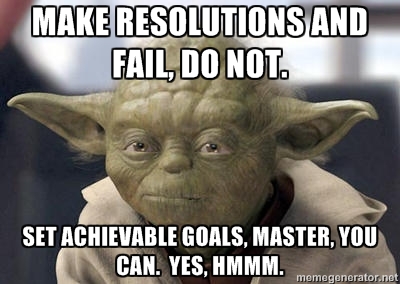 Not sure where you want to be in the future? Take a few moments to reflect. Decide what grades you want this semester. Think about the college of your dreams. Even go as far as what type of job you want. Write them down. Go back to them throughout the semester to remind yourself of what it is that you are working so hard for.
Not sure where you want to be in the future? Take a few moments to reflect. Decide what grades you want this semester. Think about the college of your dreams. Even go as far as what type of job you want. Write them down. Go back to them throughout the semester to remind yourself of what it is that you are working so hard for.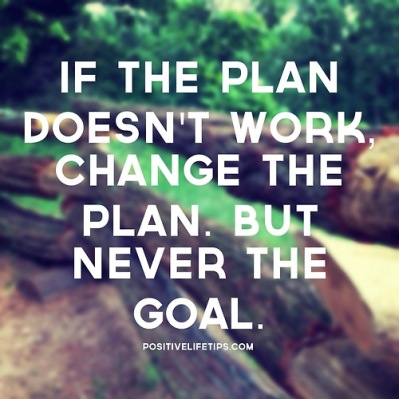
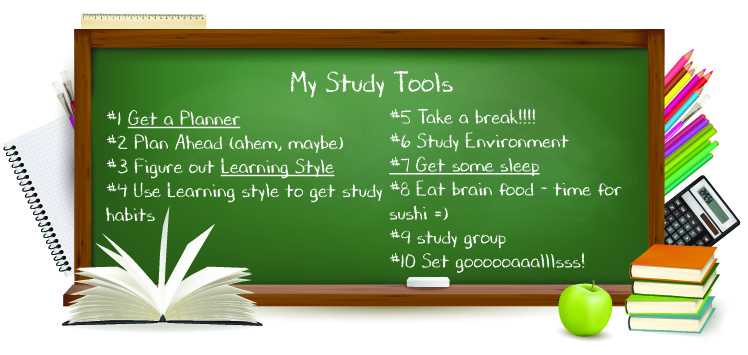 We hope that this list gave you some helpful tips to study more effectively in the New Year. Even if using just a few of these tips end up making your studying more efficient, then it was worth the effort of applying these tools.
We hope that this list gave you some helpful tips to study more effectively in the New Year. Even if using just a few of these tips end up making your studying more efficient, then it was worth the effort of applying these tools.
 Meet the author: Julia Myres is an
Meet the author: Julia Myres is an 






